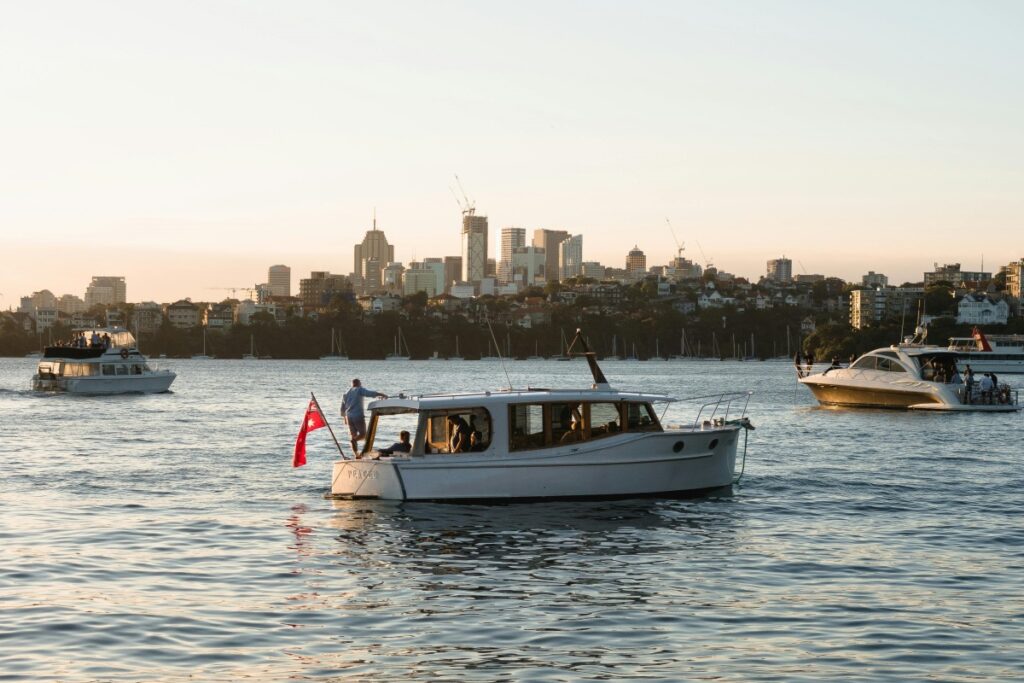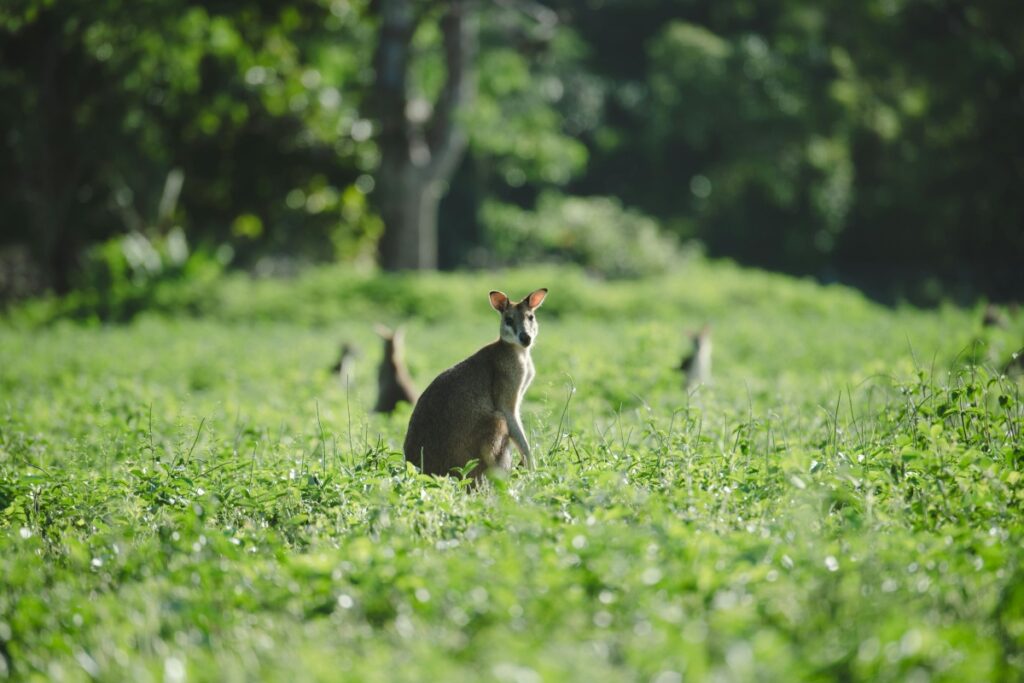💡 Why this matters for Aussie brands chasing Japan Disney+ drops
If you’re an Aussie label or e‑commerce team plotting a Japan-only co‑branded drop with creators who make Disney+–adjacent content, you’re in a sweet but tricky spot. Japanese fandom culture is insanely loyal, drops can convert fast, and Disney IPs (or even celeb reactions to Disney+ shows) move audiences — but licensing complexity and local discovery barriers mean you can’t just DM the first cosplay account you find.
Two recent signals matter here. First, global entertainment players are shifting how they share IP: Webtoon Entertainment (Naver’s US arm) is set to distribute ~35,000 comic IPs owned by The Walt Disney Company, showing big companies are experimenting with new cross‑platform IP models (source: Webtoon/industry reports). That means Disney IP strategies are evolving fast — great for co‑branding ideas, but expect corporate guardrails. Second, social chatter around Disney+ originals (like the buzz reported around Alien: Earth coverage) shows creators spike around episodic releases (source: jeuxvideo). For brands, that means timing drops to show cycles can boost traction — but you’ll likely need creators who already ride those conversation waves.
This guide is a street‑smart playbook: how to find the right Japan‑based creators, validate their fit for Disney+‑style drops, manage IP and contracts, and execute product-led collabs that actually sell in Japan — without wasting ad spend or bumping into licensing landmines.
📊 Quick discovery snapshot: Platforms compared for finding Japan Disney+ creators
| 🧩 Metric | YouTube Japan | TikTok Japan | Instagram/X Japan |
|---|---|---|---|
| 👥 Monthly Active (est) | 15.000.000 | 12.000.000 | 8.000.000 |
| 📈 Creator Discovery Ease | 8/10 | 9/10 | 7/10 |
| 💬 Ideal Creator Types | Longform reviewers, fan‑editors | Short‑form reactors, trends creators | Cosplayers, niche fandom accounts |
| ⚖️ IP Sensitivity | High | Moderate‑High | High |
| 💼 Typical Booking Route | Agency/MCN | Direct DM/Talent agency | Agency/direct |
The snapshot shows TikTok is fastest for discovering trend‑driven creators in Japan, YouTube hosts depth and evergreen fandom content, and Instagram/X suit visual fandom and cosplay. IP sensitivity is high across all platforms — expect formal licensing for anything using Disney assets, and agency routes for bigger creators.
🔎 Where and how to find Japan Disney+ creators (step‑by‑step)
1) Start with fandom knots, not keywords
– Search for show‑specific hashtags around Disney+ titles on TikTok and X during release weeks. Fans and creators cluster around episode drops — use these windows. Games/film coverage (e.g., Alien: Earth chatter) often spikes creator output (source: jeuxvideo).
– Use Japanese search terms: add “考察” (analysis), “レビュー” (review), “まとめ” (recap) plus the show name.
2) Use local discovery tools and creator directories
– Check Japanese creator agencies and MCNs — many mid/large creators are agency‑represented; direct deals often go via their agency. Reach out in Japanese or via an interpreter.
– Use BaoLiba’s region filters (we rank creators by country/category) to shortlist creators with proven product collab performance.
3) Vet for IP awareness and brand safety early
– Ask creators: have they previously used Disney content? How did they handle takedown risks? Do they create original inspired art or use licensed assets? Disney IP is hotly policed — creators who habitually post unlicensed merch may be a legal risk. Webtoon/Disney tie‑ups show legacy IP management is changing but still controlled (source: Webtoon distribution news).
4) Leverage partnerships with local content aggregators
– Companies that syndicate or distribute content around Disney releases (press outlets, fandom sites) can introduce creators who are already creating approved assets or have experience collaborating with licensed properties.
5) Offer a clear product brief and legal comfort
– Be explicit about whether your drop will use Disney IP. If so, explain that you’ll handle licensing. Creators are more likely to sign on when copyright is sorted and approvals are promised in writing.
6) Test with micro drops first
– Start with micro creators for rapid tests. They’re lower cost, flexible on creative, and better for A/B testing product formats, packaging and price points in Japan.
💡 Practical outreach templates (quick, Aussie‑friendly)
- Short DM (TikTok/Instagram): “Konnichiwa — love your [show] videos. I’m with a Sydney brand planning a small Japan‑only product drop inspired by [show]. Can we chat about a collab? We handle IP approvals and pay in JPY. Do you have agency details?”
- Email (for agents): polite subject, concise brief, licensing note, expected deliverables, proposed fee range. Always include timelines tied to Disney+ episodes or marketing windows.
😎 MaTitie SHOWTIME
Hi — I’m MaTitie, the author and your plug for practical gear. I travel the weird corners of streaming and have tested heaps of VPNs and creator tools for access and privacy.
Quick truth: streaming access and creator research often get blocked or region‑shifted. If you’re working cross‑border from Australia, a reliable VPN can help you preview Japan‑only content, check local creator feeds, and test regional landing pages.
👉 🔐 Try NordVPN now — 30‑day risk‑free. It’s fast, easy and widely recommended for streaming checks.
Affiliate disclosure: MaTitie earns a small commission if you buy through that link.
⚖️ Legal & IP checklist (don’t skip this)
- Confirm whether your drop uses Disney copyrighted characters, logos or names. If yes: don’t proceed without a written licence.
- Budget for licence fees and approvals (timeline can be weeks to months). Webtoon/Disney moves show IP deals are shifting but still corporate (source: industry reports).
- Local consumer laws: Japanese product labelling, returns, and size standards matter for apparel and toys. Use a Japan‑based fulfilment partner where possible.
🧾 Execution playbook: from approach to launch
- Discovery (2–4 weeks): shortlist 10–20 creators via BaoLiba, TikTok searches, and agency lists.
- Validation (1–2 weeks): check portfolios, past brand work, engagement authenticity and ask for references.
- Legal (2–8+ weeks): secure IP licences, sign NDAs and creator contracts in both English and Japanese.
- Production (4–6 weeks): co‑design product, prototype, sample approvals. Creators often want input on packaging and storytelling.
- Pre‑launch (1–2 weeks): creators publish teaser content synced with Disney+ episodes or fandom milestones to maximise reach.
- Launch + fulfilment: expect high first‑week demand in Japan; have order caps and clear shipping windows.
💬 Local culture tips that actually work
- Respect fandom nuance: Japanese fans love limited‑run exclusivity and attention to detail (fabric tags, numbered editions). Small touches matter.
- Collabs with designers or streetwear names (local collabs) add credibility; recent Japan fashion collabs show the pull of limited, design‑led products (news roundups on Japanese fashion collabs).
- Communication: brief in Japanese; even a short respectful Japanese message increases response rates massively.
🙋 Frequently Asked Questions
❓ How do I gauge a creator’s authenticity in Japan?
💬 Check audience comments for native Japanese conversation, look for cross‑platform presence (YouTube longform + TikTok short clips), and verify past paid collaborations. Agencies or BaoLiba profiles usually list prior brand partners — ask for case studies.
🛠️ Do Japanese creators expect upfront payment or revenue splits?
💬 Expect both. Micro creators often accept flat fees; larger creators usually want a mix of flat fee + performance bonus. Agencies commonly prefer upfront plus payment milestones.
🧠 Is timing a drop around Disney+ releases essential?
💬 Yes — creators and fans cluster at release times. News around episode endings or show buzz (like coverage seen on jeuxvideo) creates spikes. Align your campaign with those peaks for better organic reach.
🧩 Final Thoughts…
Japan is an incredible market for limited product drops, especially when you tap creators who live and breathe fandom cycles around streaming shows. The tradeoffs are clear: higher legal overhead and local cultural nuance, but very engaged buyers and strong word‑of‑mouth. Use a layered discovery approach (platforms + agencies + BaoLiba), validate IP and contracts early, and start with micro tests before scaling.
📚 Further Reading
Here are 3 recent articles that give more context — picked from verified sources.
🔸 “Skincare Innovation: How Formulas are Evolving to Meet Consumer Demands”
🗞️ Source: TechBullion – 📅 2025‑09‑23
🔗 https://techbullion.com/skincare-innovation-how-formulas-are-evolving-to-meet-consumer-demands/ (nofollow)
🔸 “How to watch ‘The Lowdown’ online — stream the gritty Ethan Hawke series from anywhere”
🗞️ Source: Tom’s Guide – 📅 2025‑09‑23
🔗 https://www.tomsguide.com/entertainment/streaming/watch-the-lowdown (nofollow)
🔸 “What the TikTok Algorithm Trump Deal Means for App’s Future in U.S.”
🗞️ Source: PhoneWorld – 📅 2025‑09‑23
🔗 https://www.phoneworld.com.pk/what-the-tiktok-algorithm-trump-deal-means-for-apps-future-in-u-s/ (nofollow)
😅 A Quick Shameless Plug (Hope You Don’t Mind)
If you want curated Japan creator lists and verified portfolios, BaoLiba ranks creators by region and category — great for shortlisting. Get a month of free homepage promotion when you join. Ping [email protected] — we usually reply in 24–48 hours.
📌 Disclaimer
This post mixes public reporting (cited items) and practical marketing experience. It’s for guidance and discussion — not legal advice. Check licences, contracts and local regulations with qualified counsel before launching.


